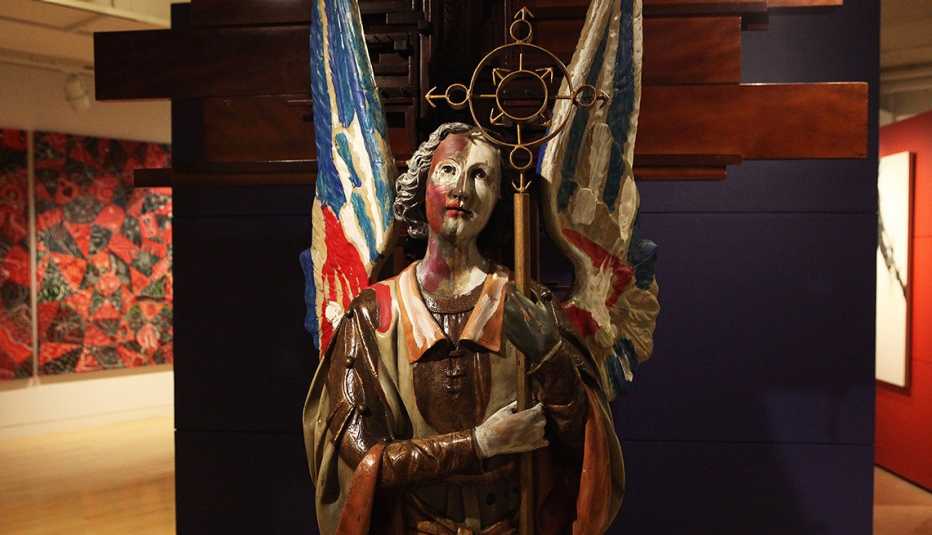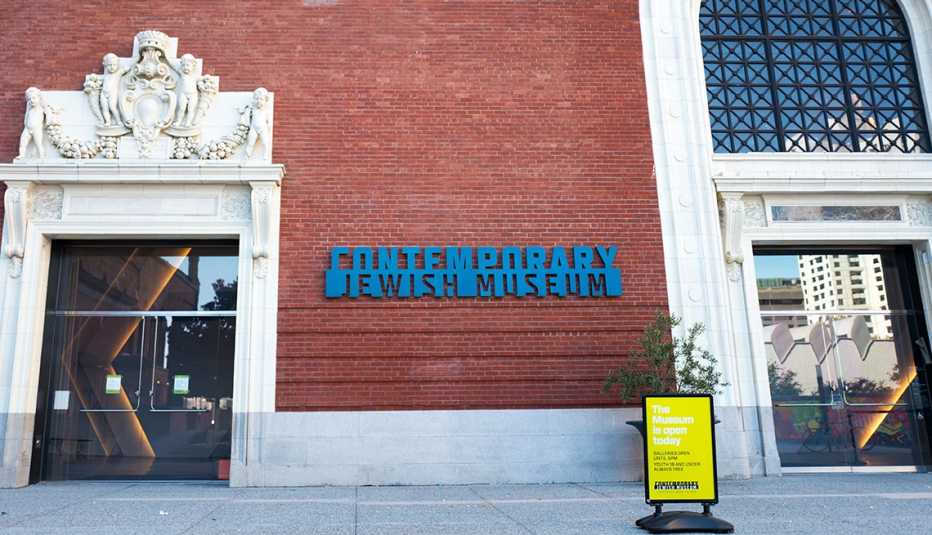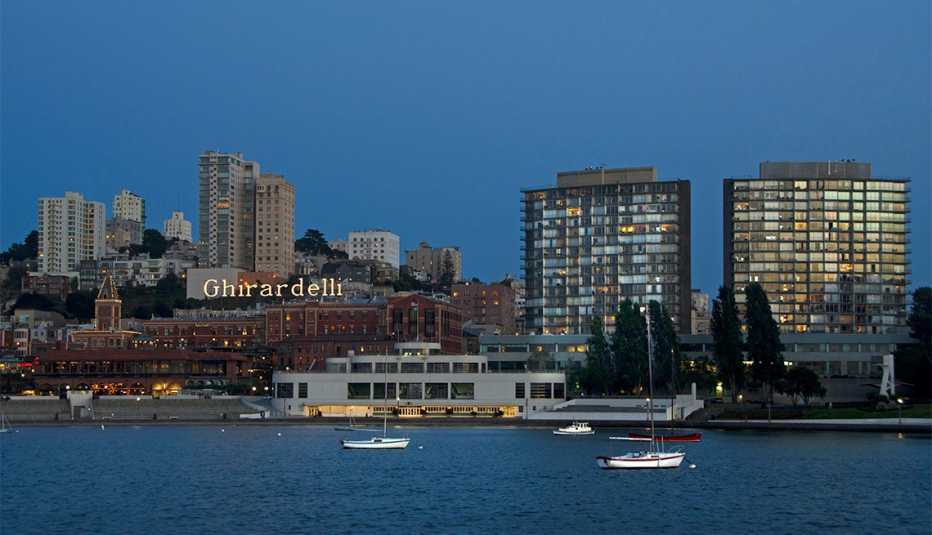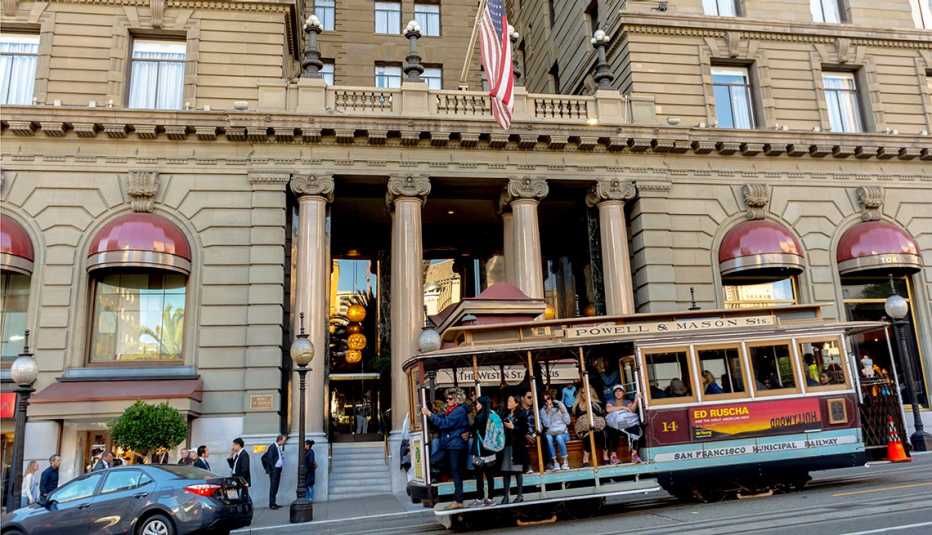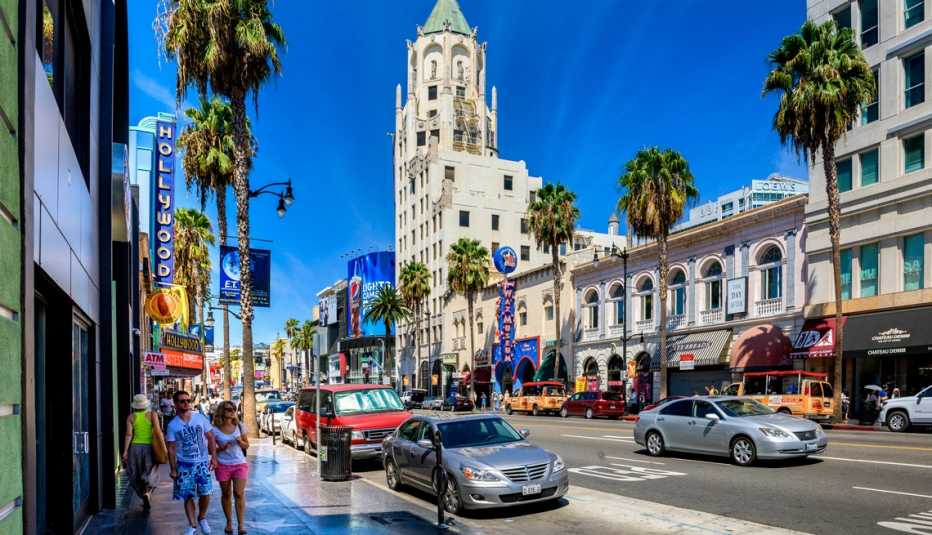AARP Hearing Center
San Francisco doesn’t simply tolerate people of diverse backgrounds, it celebrates them. Dating to its Gold Rush beginnings, when people of various ethnicities came to the city from all over the world, San Francisco has typically welcomed newcomers with open arms. Since those early days, the Bay Area has been known as a place of ethnic multiplicity, and more recently as a hub of cultural sophistication.
Learn about cultures that helped shape San Francisco at these three local museums, all in close proximity to one another. They showcase some of the city’s most vital communities, exploring their global roots, historic challenges and contemporary achievements.
Asian Art Museum
Opened in 1966 after a donation of thousands of objects, the Asian Art Museum (AsianArt.org) moved from the de Young Museum to the Civic Center near City Hall in 2003, occupying the 1917 beaux arts building that formerly housed the city’s main library. The museum has added space for special exhibitions in recent years, with more on the way. A new pavilion and art terrace will feature large installations, such as a major sculpture from Ai Weiwei.
Plan Your Trip
Location: 200 Larkin St.
Getting there: Park at the Civic Center Garage, about a half block away at 355 McAllister St. Or take the BART (train) to the Civic Center station, about two blocks from the museum.
Visit: Thursday through Monday (closed New Year’s Day, Thanksgiving Day and Christmas Day)
Admission: $15 for adults; $10 for adults 65 and older
Accessibility: There’s a drop-off and pickup zone in front of the museum for those with mobility issues. The museum is fully accessible, and all floors can be reached by elevator. Wheelchairs are available (first come, first served) at no charge.
It has a vast permanent collection — more than 18,000 objects spanning 6,000 years and every region of Asia — with about 2,000 on display. You’ll see armor, bronzes, ceramics, a giant silver elephant saddle, jewels, multimedia video works, paintings, textiles, weaponry, even a reconstructed Zen Japanese tearoom. Especially popular are the Balinese puppets and an Indonesian dagger collection. “We also have some drool-worthy ancient jades — literally the oldest art in San Francisco,” says Zac Rose, a museum spokesperson.
All that, plus 15 masterpieces from various parts of Asia, such as an enthroned and crowned Buddha figure on a jeweled pedestal from 19th-century Burma. A 12th-century stone bodhisattva representing compassion, from China’s Song Dynasty era, remains in remarkably fine condition despite its age. By seeing these masterpieces, you can explore the diversity and range of the collection without feeling like you have to see everything. “When you walk into a gallery, there’s no doubt which is the masterpiece,” says Jay Xu, museum director and CEO. “You are drawn to it — and hopefully you start your journey of discovery.”
It also has unique exhibitions that represent the museum’s mission — part of which is to explore Asia’s global relevance, says Xu. “We did a show about Impressionism and Japanese art because every French Impressionist was influenced or inspired by the Japanese.”
Insider’s tip: Don’t miss the museum’s iconic treasure: an ancient Chinese bronze vessel in the shape of a rhinoceros in the Ancient China gallery on the third floor. The folds of the animal’s skin and its alert ears suggest the artist had seen a rhino, which existed in China when this piece was crafted more than 3,000 years ago. “It’s one of a kind in the world,” says Xu.

































































